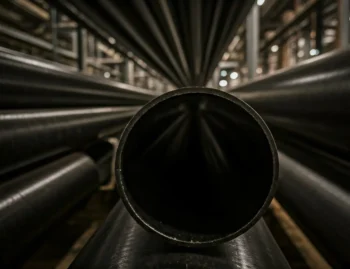For decades, the goal of promoting clean, safe drinking water has inspired urban planners. Even today, millions of households lack this important commodity. Stainless steel currently serves as a powerful ally for ensuring high quality public water supplies in the United States and many other nations.
Some Key Properties of Stainless Steel
What qualities of stainless steel make it for water storage and treatment facilities? Consider some of this shiny metal’s most appealing physical properties and characteristics:
- Strength And Hardness
- Ductility
- Corrosion Resistance
- Availability
- Recycling Utility
A Strong Metal to Contain Water
Today, stainless steel finds widespread application within many industries due to its impressive strength and hardness. This steel alloy includes limited amounts of carbon, and at least 10.5% chromium. Comparatively lightweight and available in a variety of different grades, it proves capable in numerous challenging industrial, aviation, medical, and transportation applications.
It tolerates heat treatments and a variety of finishing operations. Manufacturers sometimes enhance its surface hardness. Today, the United States reportedly permits its use in public water supplies without restriction.
Ductility to Form a Variety of Shapes And Sizes
Corrosion Resistance to Ensure Purity
Unlike iron, stainless steel won’t rust easily. It often represents an excellent alternative to the cast iron pipes utilized in many aging U.S. infrastructure projects. Stainless steel pipes display very low metal leaching levels. This enables them to function well as components of some public drinking water distribution systems.
Stainless steel’s corrosion resistant properties have enabled it to serve well in numerous medical and household applications. While specific environmental conditions impact its corrosion-resistance properties, it represents an excellent choice for transporting drinking water safely.











